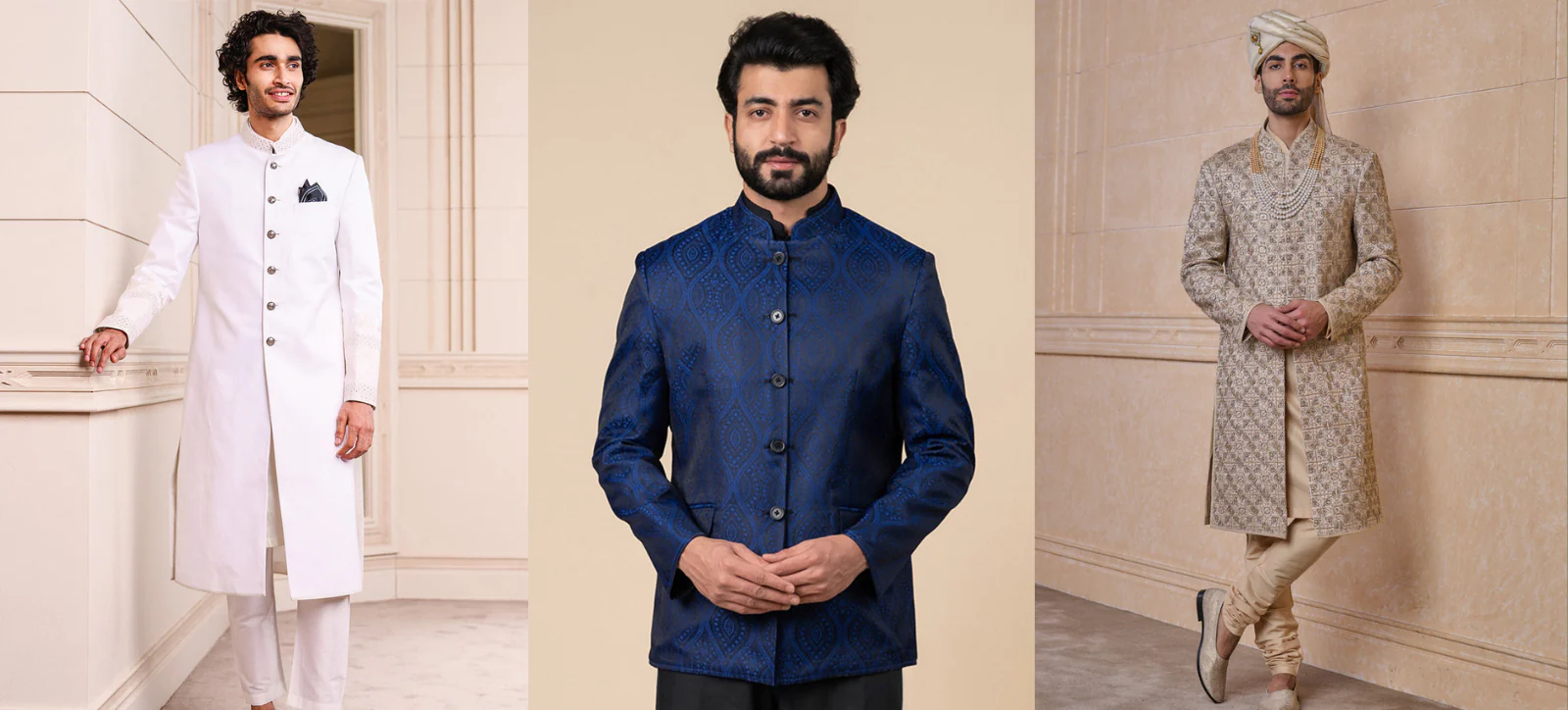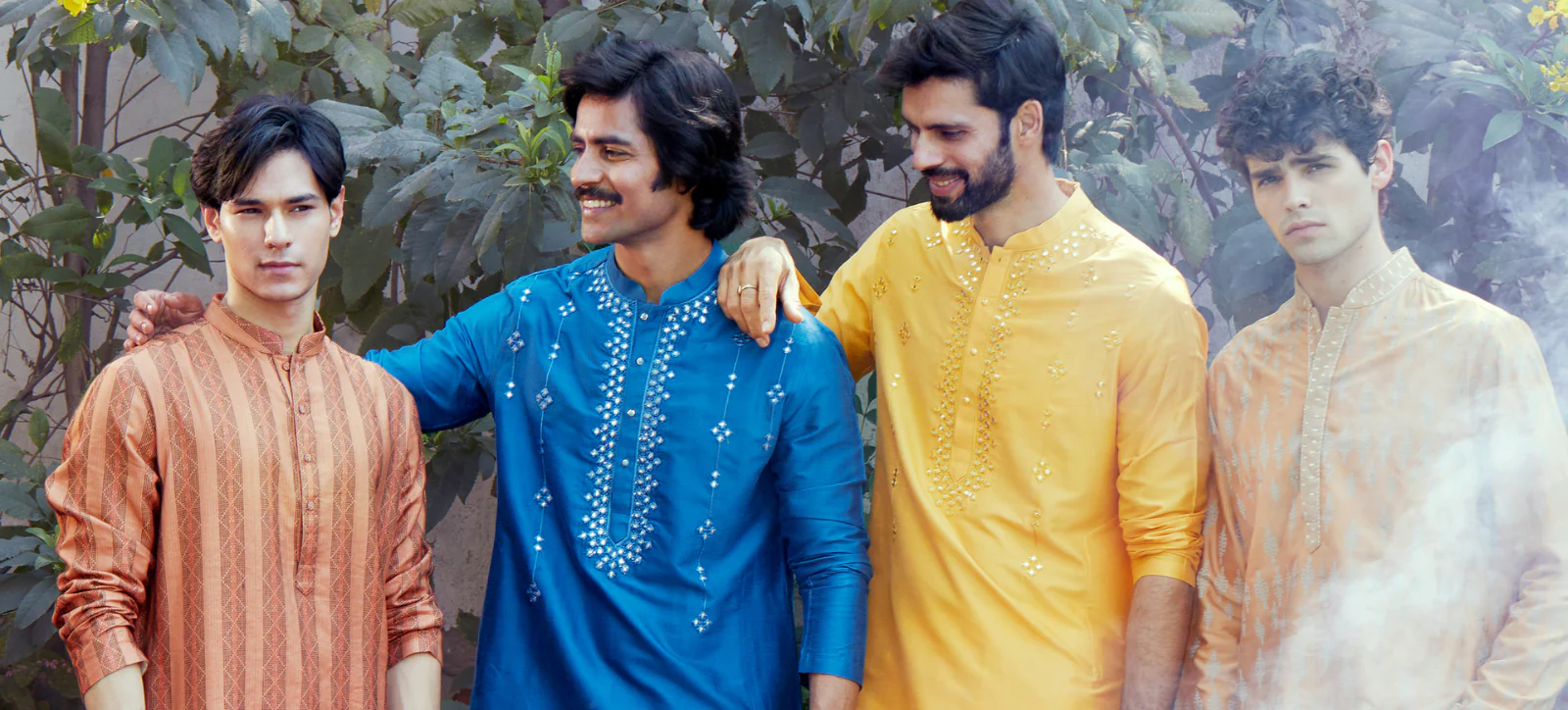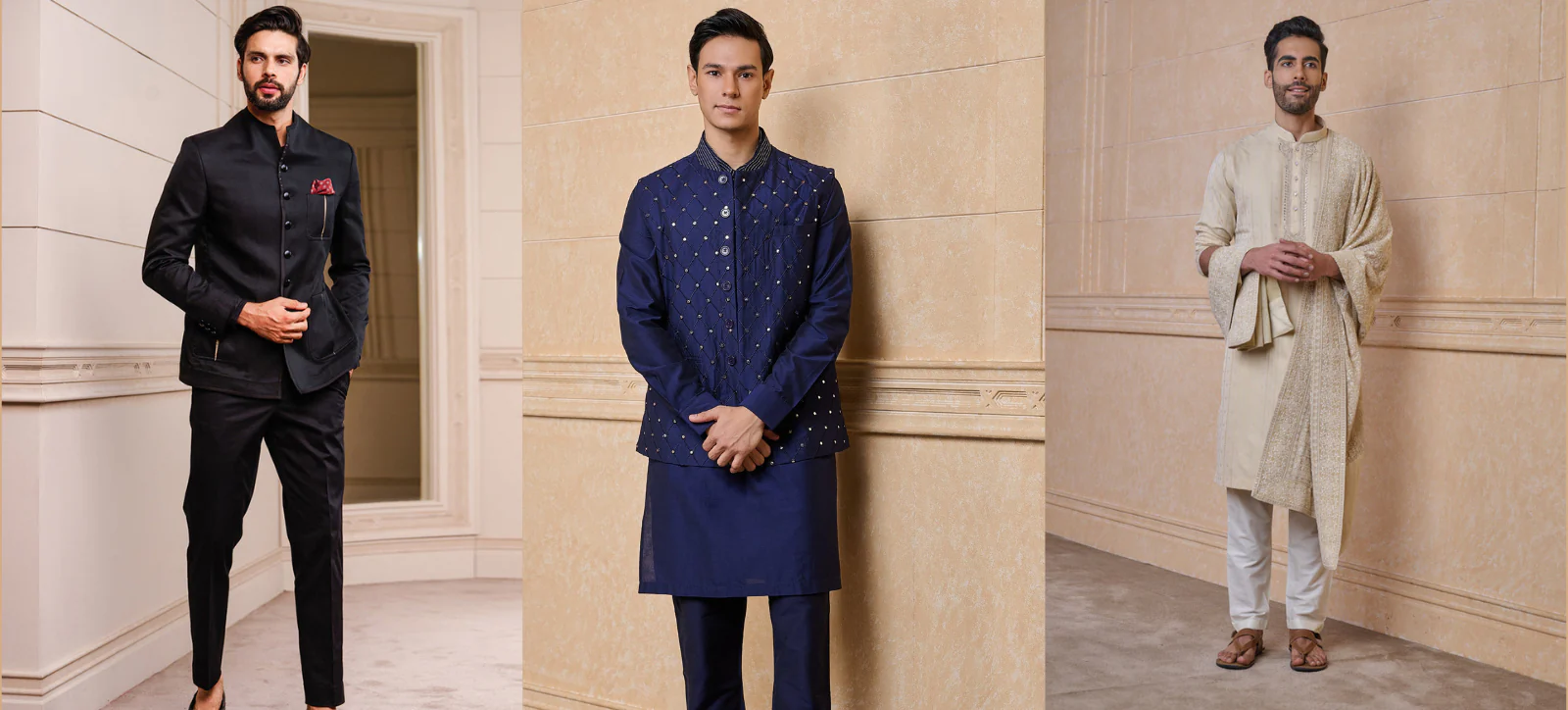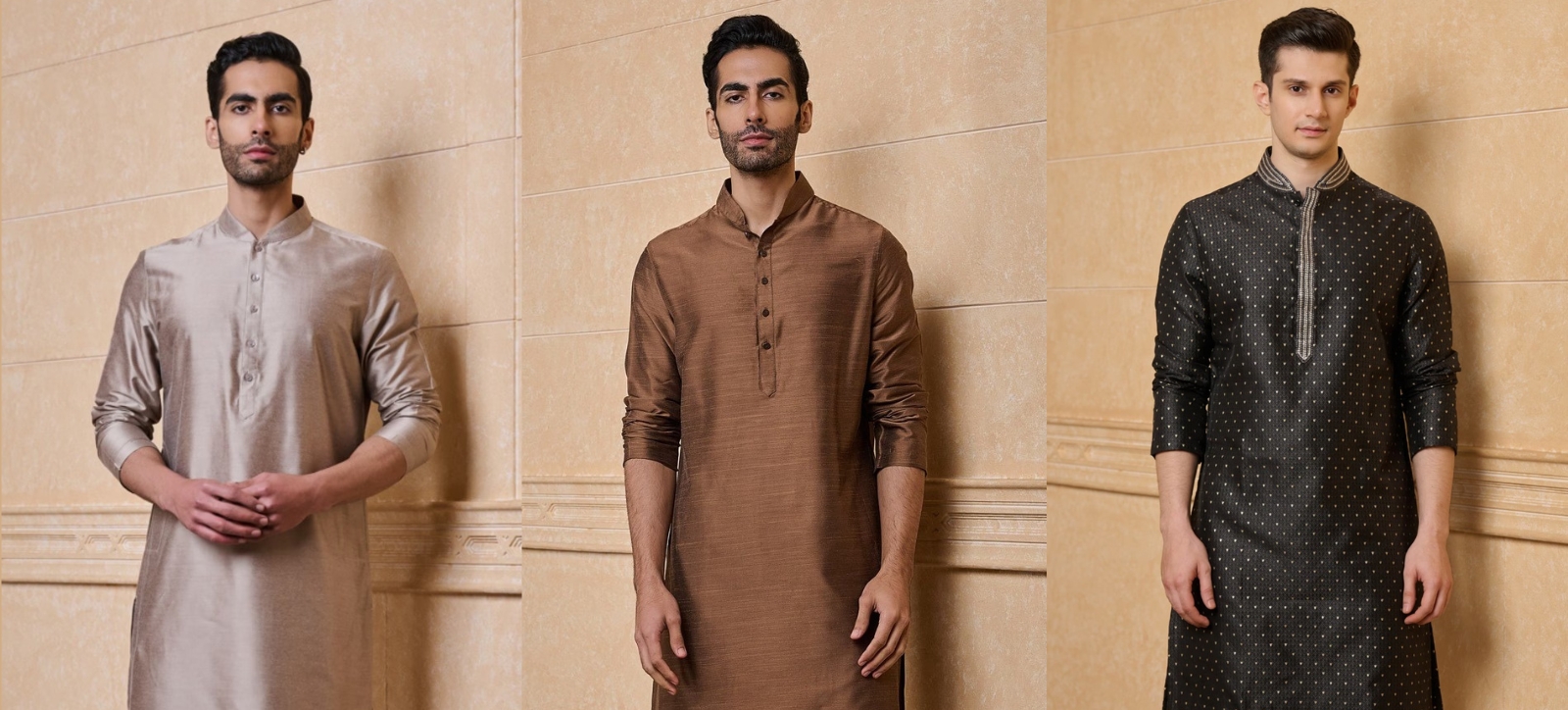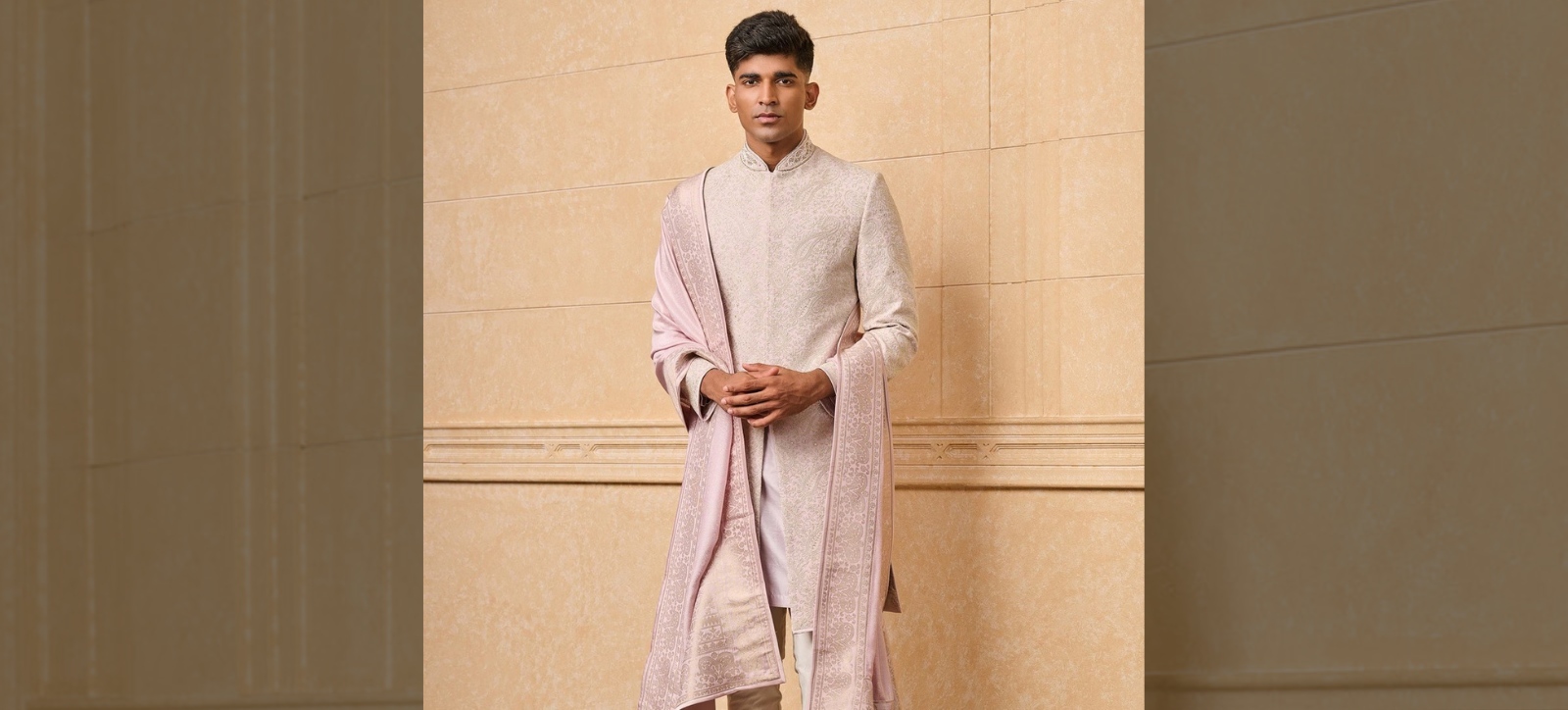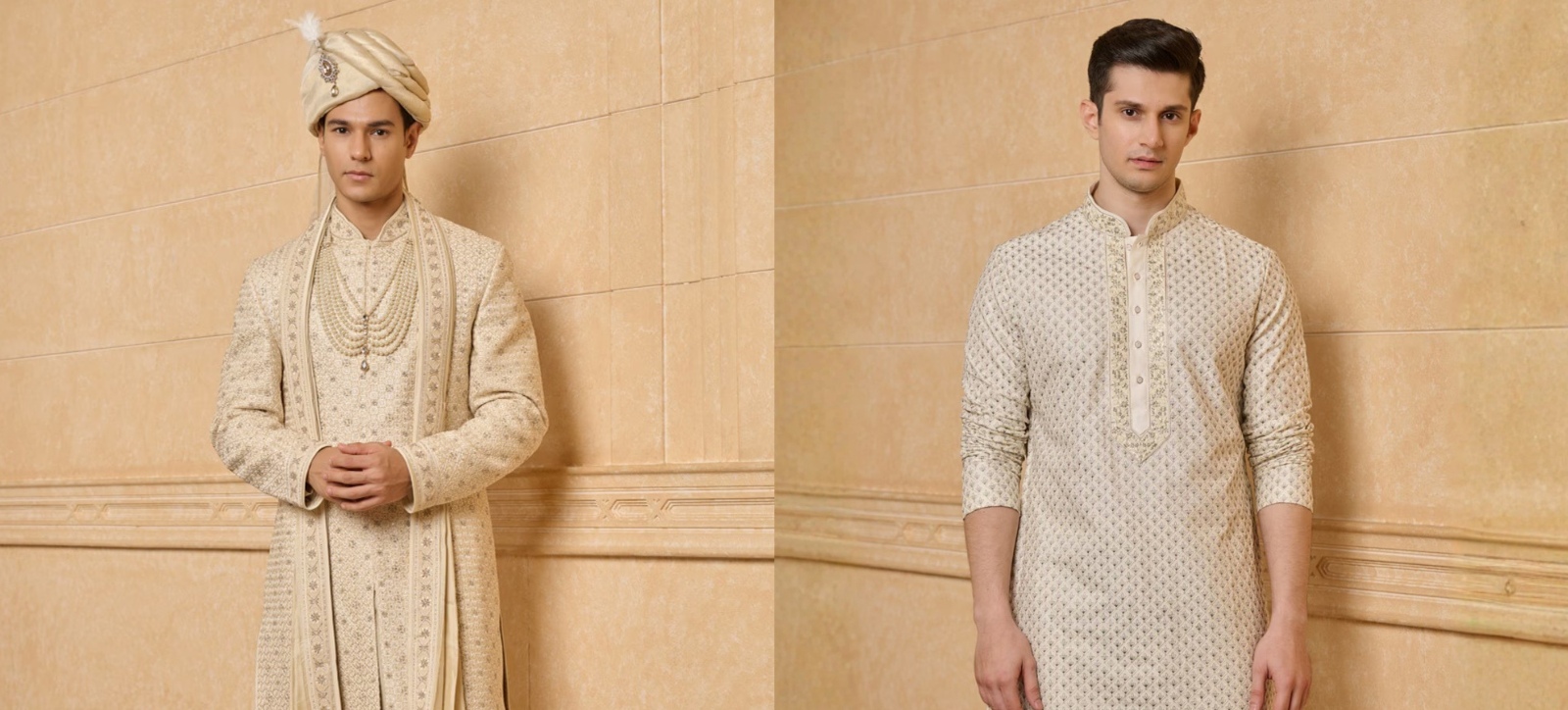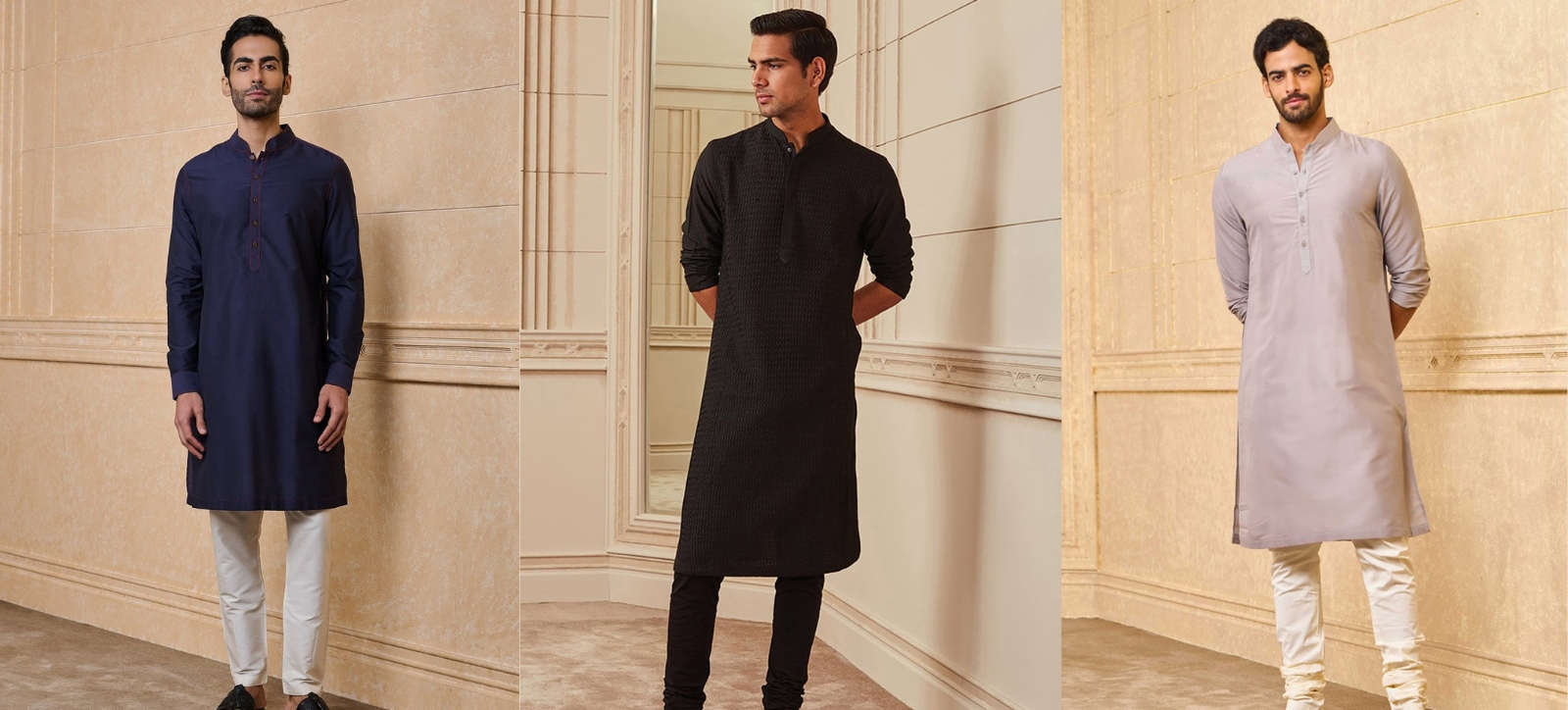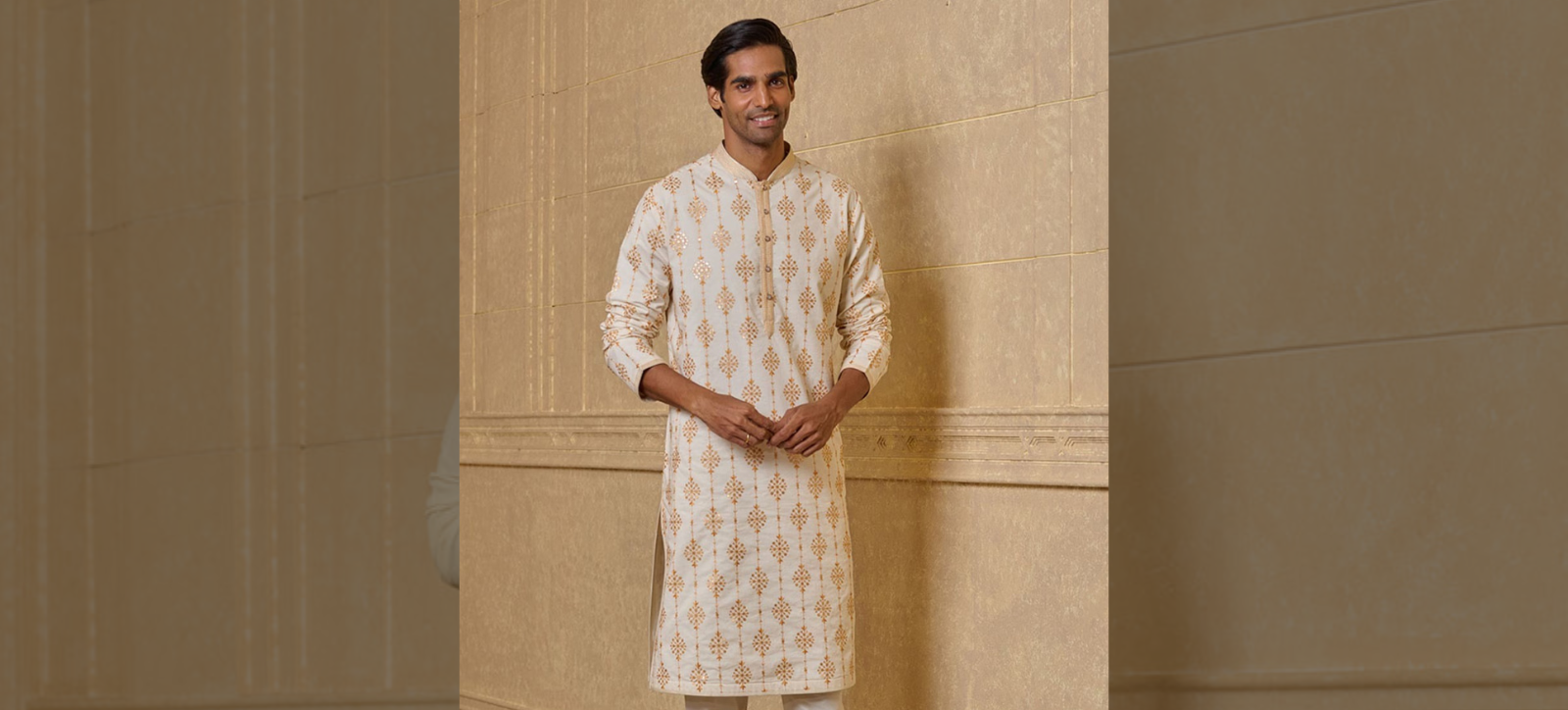Discover the deep spiritual and philosophical meanings behind colours in Indian traditional wear, where every hue tells a story of emotion, energy, and cultural wisdom.
Colours are more than mere hues in Indian tradition—they are emotions, energies, and philosophies woven into fabric. Each shade carries a story, a purpose, and a deep-rooted spiritual essence. From the saffron of renunciation to the bridal red of prosperity, colours in Indian traditional wear are not chosen by chance but by centuries of belief, symbolism, and reverence.
The Language of Color in Indian Culture
India’s relationship with colour is poetic. Every festival, every season, every occasion has its palette. These colours are not just about aesthetics; they are vibrations of life itself. Ancient texts, rituals, and artistic expressions have consistently emphasized the importance of colour in influencing mood, destiny, and even one’s spiritual journey.
Across different states and communities, colours hold varying yet universally deep meanings, shaping the way people dress, celebrate, and express their inner worlds.
Saffron – The Hue of Renunciation and Enlightenment
Saffron, or kesariya, is perhaps the most revered colour in India. Deeply associated with ascetics, yogis, and monks, it signifies the renunciation of material desires and the pursuit of spiritual enlightenment. It is the colour of fire—a symbol of transformation, purity, and the burning away of ego.
In Hinduism, saffron is worn by sadhus and spiritual leaders who have detached themselves from worldly ties. It is also the colour of warriors, seen in the robes of Rajput kings and the turbans of Sikh warriors, symbolizing courage and sacrifice.
Red – The Color of Power, Passion, and Prosperity
No colour is as deeply embedded in the Indian psyche as red. It is the first colour that greets a newborn child, smeared as kumkum on the forehead in blessing. It is the colour of marriage, adorning brides in lehengas and sarees, symbolizing fertility, love, and commitment.
In Hindu customs, red is offered to deities, signifying auspiciousness and divine energy (shakti). The sindoor worn by married women is red, marking longevity and marital bliss. Red also finds its place in celebrations, festivals, and even the everyday lives of people who believe in its life-affirming power.
White – The Shade of Purity and Transcendence
White in India is both an end and a beginning. It is the colour of mourning but also of peace and transcendence. It represents detachment from the material world and the quest for ultimate truth.
Many spiritual leaders, including Mahatma Gandhi, adopted white as a symbol of simplicity and non-violence. Temples and sacred spaces are often adorned in white, reflecting calmness and serenity. Even in festivals like Holi, people begin with a blank canvas of white before embracing the explosion of colours—a metaphor for life’s vibrancy after stillness.
Yellow – The Hue of Learning, Wisdom, and Sunshine
Yellow, the colour of turmeric and mustard fields, embodies knowledge, learning, and illumination. It is associated with the goddess Saraswati, the deity of wisdom and arts, who is always depicted in yellow attire.
This colour is also tied to celebration—Basant Panchami, marking the arrival of spring, is synonymous with wearing yellow. The hue is considered auspicious and is often worn during religious ceremonies and rituals, symbolizing positivity and enlightenment.
Green – The Color of Life, Fertility, and Harmony
Green, the colour of nature and renewal, represents life’s eternal cycle. It signifies fertility, prosperity, and growth, making it a favoured choice for celebrations like weddings and festivals.
In Islamic traditions within India, green holds spiritual significance, representing paradise and divine blessings. It is often seen in the fabrics of Sufi saints and dargahs, symbolizing peace and faith. Green also represents balance in Ayurveda, associated with the heart chakra, promoting love and compassion.
Blue – The Depth of the Divine and the Infinite
The deep, endless blue of the sky and ocean finds its place in Indian spirituality as the colour of the infinite. Lord Krishna, the divine protector, is depicted with blue skin, symbolizing his transcendental nature.
Blue also represents strength and stability. The blue turbans of the Nihang Sikhs signify valour and resilience. Even in ancient Indian architecture, blue is used to create a cooling effect, bringing a sense of tranquillity and peace.
Gold and Silver – The Glow of Wealth and Divine Energy
Gold and silver are not just metals but colours of divinity and affluence. Gold, associated with Lakshmi, the goddess of wealth, represents prosperity and grandeur. No Indian wedding or festival is complete without golden embellishments, reflecting opulence and divine blessings.
Silver, on the other hand, is linked to the moon’s energy, representing purity and calmness. It is used in sacred objects, jewellery, and textiles, balancing the fiery intensity of gold with a soothing presence.
The Eternal Dance of Colors in Indian Attire
The colours of traditional Indian wear are not just fabric choices but echoes of ancient wisdom, emotions, and spirituality. They carry forward stories of devotion, identity, and cosmic harmony.
Whether in the bright hues of a festival, the muted tones of a mourning ritual, or the regal blend of a bridal ensemble, colours are woven into the very soul of Indian tradition. They remind us that life is a tapestry of emotions, where every shade has a place, every hue has a purpose, and every colour sings a song of meaning.
So, the next time you drape a saree, wrap a dupatta, or don a kurta, pause to reflect—what story is your colour telling today?

